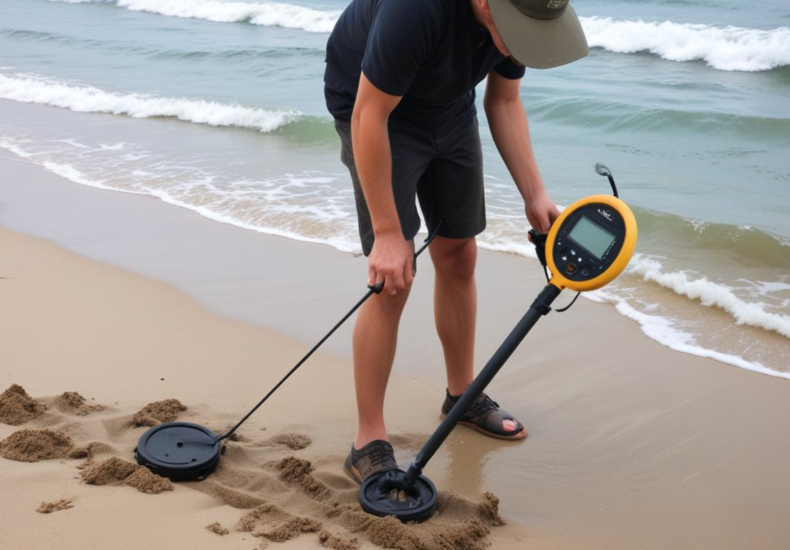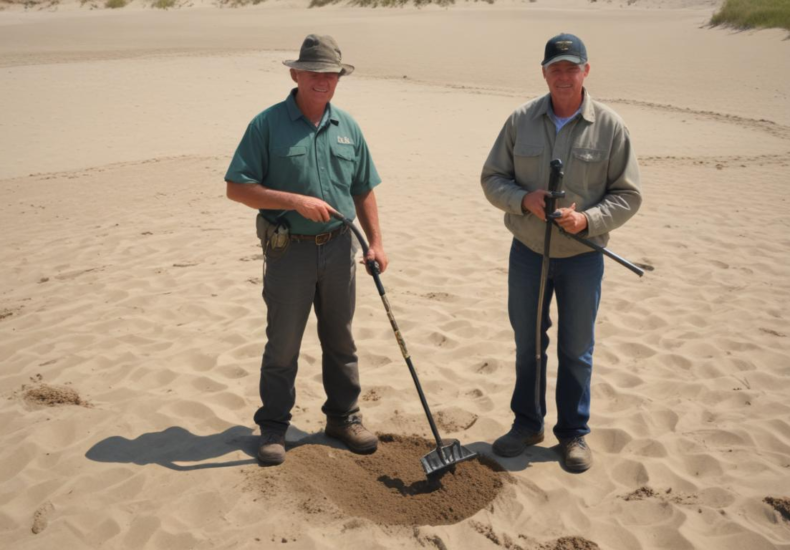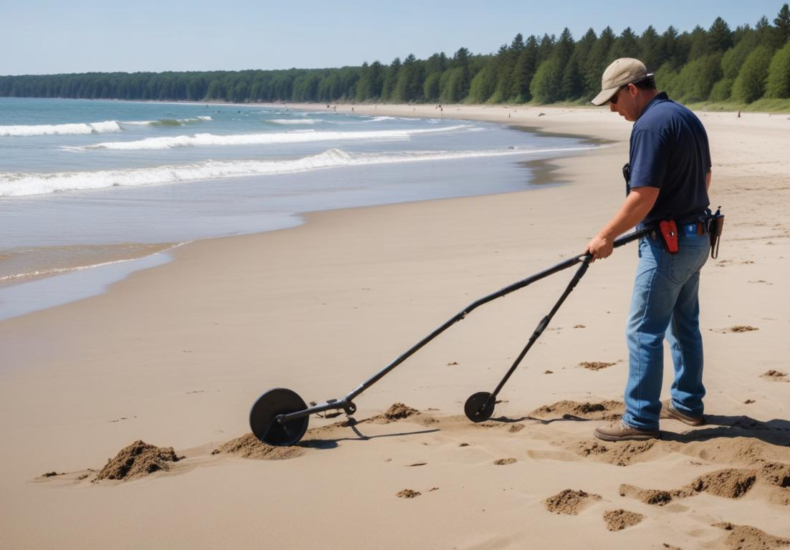Day: April 12, 2025

Finding buried treasure with a metal detector
Metal detectors, essential tools for treasure hunters, vary widely in type and function, each suited to specific environments and targets. From the discrimination prowess of VLF detectors in minimally mineralized soils to the depth-seeking capabilities of PI detectors in saltwater beaches, choosing the right metal detector is crucial for success in unearthing hidden treasures. Moreover, prospective adventurers must navigate a complex landscape of legal considerations, including permits and treasure trove laws, that differ by location and can greatly impact the legality and ethics of their endeavors.

How deep can a metal detector really detect?
Exploring the factors that influence the detection capabilities of metal detectors, key elements ranging from search coil size to operating frequency play crucial roles. Discover how the material, size, and shape of objects, along with the detector’s settings, shape the success of uncovering hidden treasures beneath the ground. Dive into this insightful analysis to understand the complex science and engineering behind effective metal detection.

Common mistakes to avoid when metal detecting
Proper research and planning can revolutionize your metal detecting experience, turning routine scans into thrilling treasure hunts. Discovering the correct settings and sites, respecting legal and environmental guidelines, and maintaining your equipment are critical steps to success. Dive into the shared wisdom of experienced detectorists and local clubs to avoid common pitfalls and maximize your finds without harming historical or natural venues.

Where to legally use a metal detector in the US
Navigating the labyrinth of laws governing metal detecting in the U.S. requires an understanding of federal, state, and local regulations designed to protect the nation’s archaeological and historical sites. While federal laws set broad standards, specific rules can vary significantly from state parks to national forests, with some locations demanding permits and others imposing strict prohibitions. For enthusiasts, familiarizing themselves with these varying guidelines is crucial to ensure those engaging in metal detecting do so responsibly and legally, thereby preserving the integrity of significant historical landscapes.